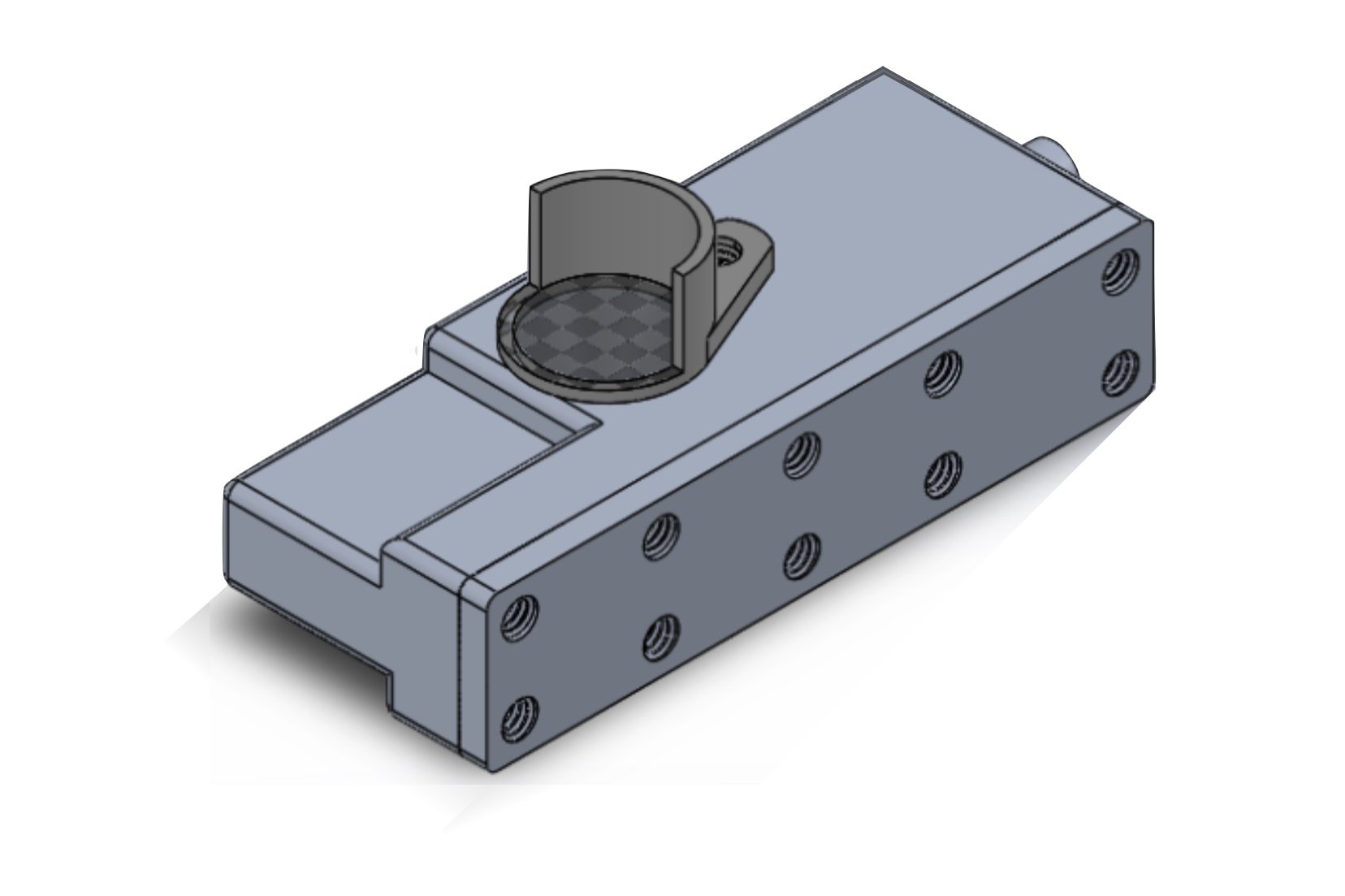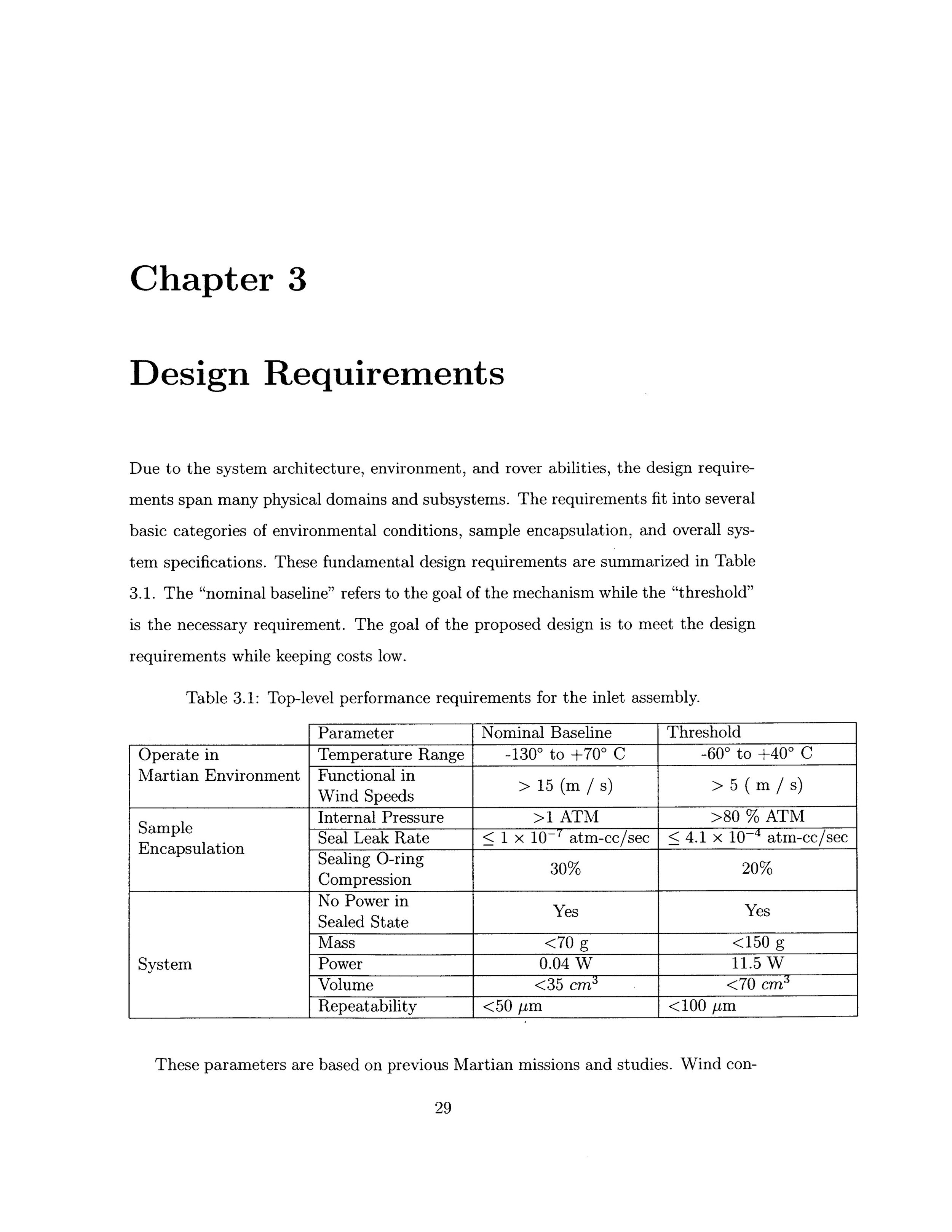
SETG
SETG


SETG, Sample Collection and Inlet
Spring 2018
2.THU - Bachelor’s Thesis @MIT, in collaboration with the SETG Group
Skills Developed - research, product definition, seal design (hermetic), first-order analysis, modeling, FEA
Documentation - thesis paper, SETG website
Life on Mars, if it exists, may be related to life on Earth. This common ancestry hypothesis is supported by theoretical and experimental studies of meteoritic exchange between Earth and Mars — an exchange that could have spread life between the planets. If so, we can target the basic building blocks of life, DNA or RNA, in our search for life on Mars. We are developing the Search for Extra-Terrestrial Genomes (SETG) instrument with the goal of isolating, extracting, and sequencing nucleic acids in-situ on Mars.
In my thesis, I present a design review of previous sample and inlet mechanisms and propose an inlet design for in-situ planetary exploration. The proposed design is an inverted dove tail carriage that ensures high repeatability and accuracy during linear actuation. The carriage is actuated by a low-voltage shape memory alloy which applies a small compression force. To reach the compression force for a hermetic seal, the carriage is tapered at the o-ring surface and leverages the pressure delta between the external and internal environment. To evaluate the design proposal, I created product requirement metrics for the device in a Martian environment and a first iteration sketch model for testing.
See excerpt of my thesis below or read full paper on dspace.









